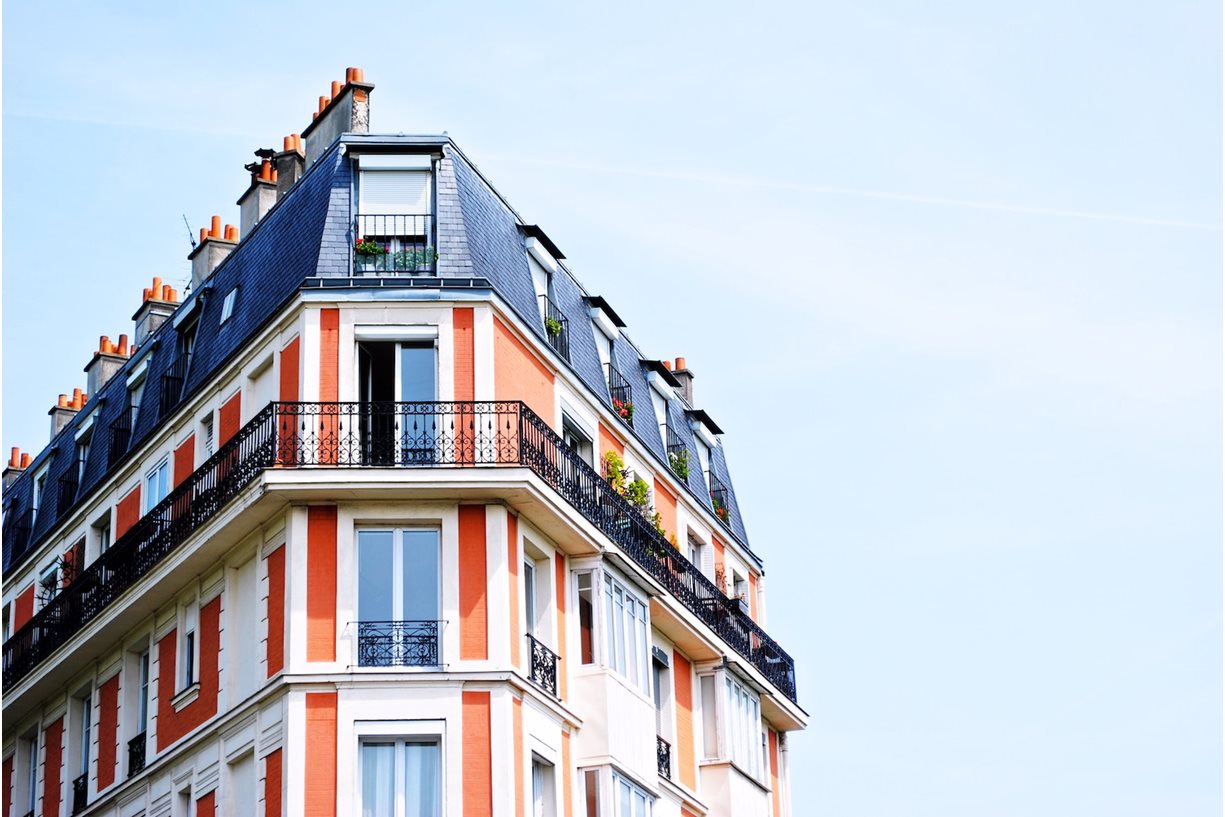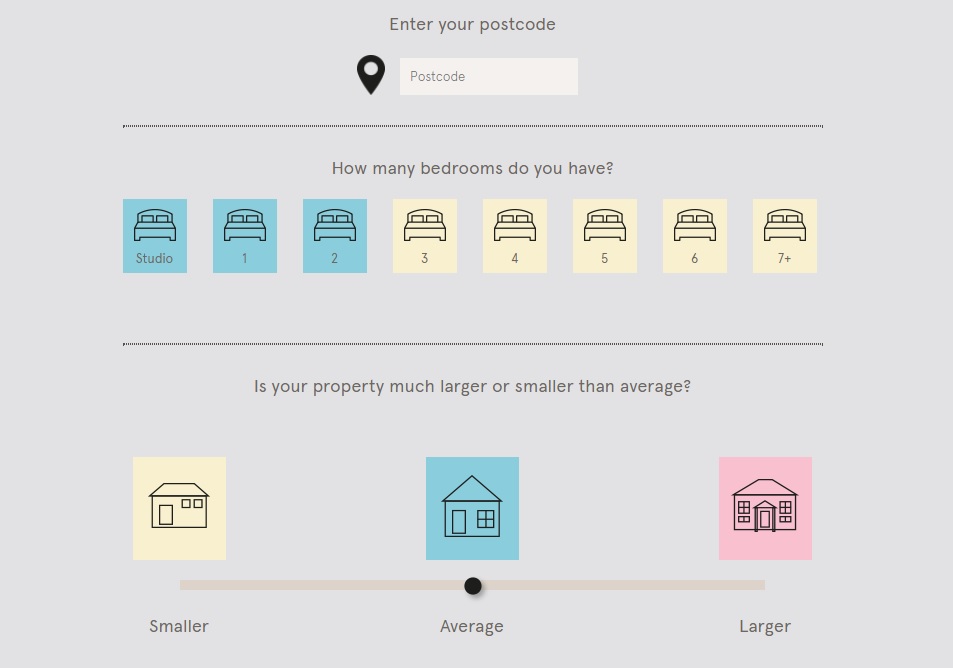How To Price A Rental Property
If you’re a landlord and you’ve got a property going on the market soon, the good news is that UK rental income in June was on the rise — up 1.1 percent on average compared with equivalent figures for June 2019. And, to add to the sense of expectation, there was a surge in demand for rental properties in May, but supply was not keeping up. With strong demand and increasing incomes, prospects for landlords are looking healthy. So, if you’re looking to rent out your property, here’s our short guide on how to price a rental property.

Get an initial rental valuation
To make the most of the current market, it’s essential to get your rental pricing right and keep your costs under control. You won’t have to do that yourself; you could ask a use a handy online rental valuation tool.
By working with an agent you will incur fees, which will add to your costs. High street agents’ fees cost 8 percent or more of the rental price for advertising, interviewing and credit checks. Online letting agents’ charges for a similar service attract an average set fee of around £50 - though at Treehaus, you can advertise on Rightmove from just £1, get tenant credit checks and referencing for £20, a customisable tenancy agreement for £20, plus many other affordable and useful services.
If you plan to save money and do your own marketing, an online valuation tool provides a great starting point. All you need to do is get together details of the property - the number of bedrooms, whether your property is larger or smaller than average and an estimate of its condition. Add the information into the tool and you will have a professional valuation in less than 60 seconds.

Learn more about our online letting service Treehaus.
Compare your rental property with others
That’s a good starting point, but it’s important to compare it with other prices and changes in your region to see how well your property is performing. The Homelet Rental Index provides monthly average figures for each region of the UK, including a comparison with 2019 figures and an indication of the annual variation. Monthly rents in June across the UK averaged £951, but there were strong regional differences.
Unsurprisingly, Greater London figures were highest at £1,583, followed by the South East at £1,022 and the East of England at £917. At the other end of the scale, the North East averaged £525 with Wales, East Midlands and Yorkshire & Humberside in the mid-£600s. Depending on where your property is located, the difference in variations can also be quite significant.
In the North West, for example, average rents in June were up 6.6 percent on the same period in 2019. In contrast, the South West saw an increase of just 1.8 percent for the same period. The East of England saw no change, while the North East and South East saw decreases with Greater London experiencing the biggest fall of 1.8 percent.
Homelet believes that one of the reasons behind the regional variations is uncertainty about the economy and job security, which could change again as the full impact of the COVID-19 pandemic on employment works through. However, the general uncertainty has been balanced so far by increased demand for rental properties which is not matched by increased supply. Zoopla’s Rental Market Report, for example, found that rental demand in 2019 was up 8 percent but the supply of new rental properties was down by 4 percent.
Consider rental property improvements
So with prospects looking positive, how does your property compare to the average? If you seem to be below the average, could you make improvements that would produce a higher rent? If you look at similar rental properties online, you can get a feel for how your’s compares. Do you need to decorate if it’s looking rundown compared to other properties? Do some of the facilities like boilers, showers or appliances need to be replaced? Could you convert part of the garden to parking space? You should also take into account proximity to shops, stations, bus routes and other facilities when comparing your property to others.
Any of those changes could make your property more attractive, put you ahead of competitors and ensure your planned increase in rent represents value for money.
But, if you are planning to invest in improvements, don’t forget to take into account all the other costs of being a landlord. You’ll have the deposit and regular payments of a buy-to-let mortgage to cover, plus legal fees and the costs of letting the property — whether you use the services of an agent or do it yourself. When you have tenants in place, you’ll have the ongoing costs of rental maintenance and electrical and gas safety checks. And, you’ll need an appropriate level of landlord insurance.
Calculate the rental yield
To ensure that your planned investment and higher rent will give you a good financial return, it’s important to calculate the rental yield, using several simple methods of calculation. If you are planning to invest in improvements, the estimated cost should be added to the total value of the property.
Then compare the rental yields for the current and planned value of the property. Gross yield represents the yield based on annual rent income divided by the current or planned value of the property. You can use this formula to calculate.
Annual rental income / total current or planned value of property x 100 = gross yield
Net yield takes into account all the annual running costs for the property, which are deducted from the annual rental income. The formula is:
Annual rental income minus annual operating costs / total current or planned value of property x 100 = net yield
Support for landlords and private landlords
Setting the right price for a rental property is just part of the process of getting tenants on board. If you would like support with other aspects of renting, Treehaus can provide a comprehensive range of low-cost online services .
Contact us to find out more about click the link to find out more about the services we can offer private landlords.
